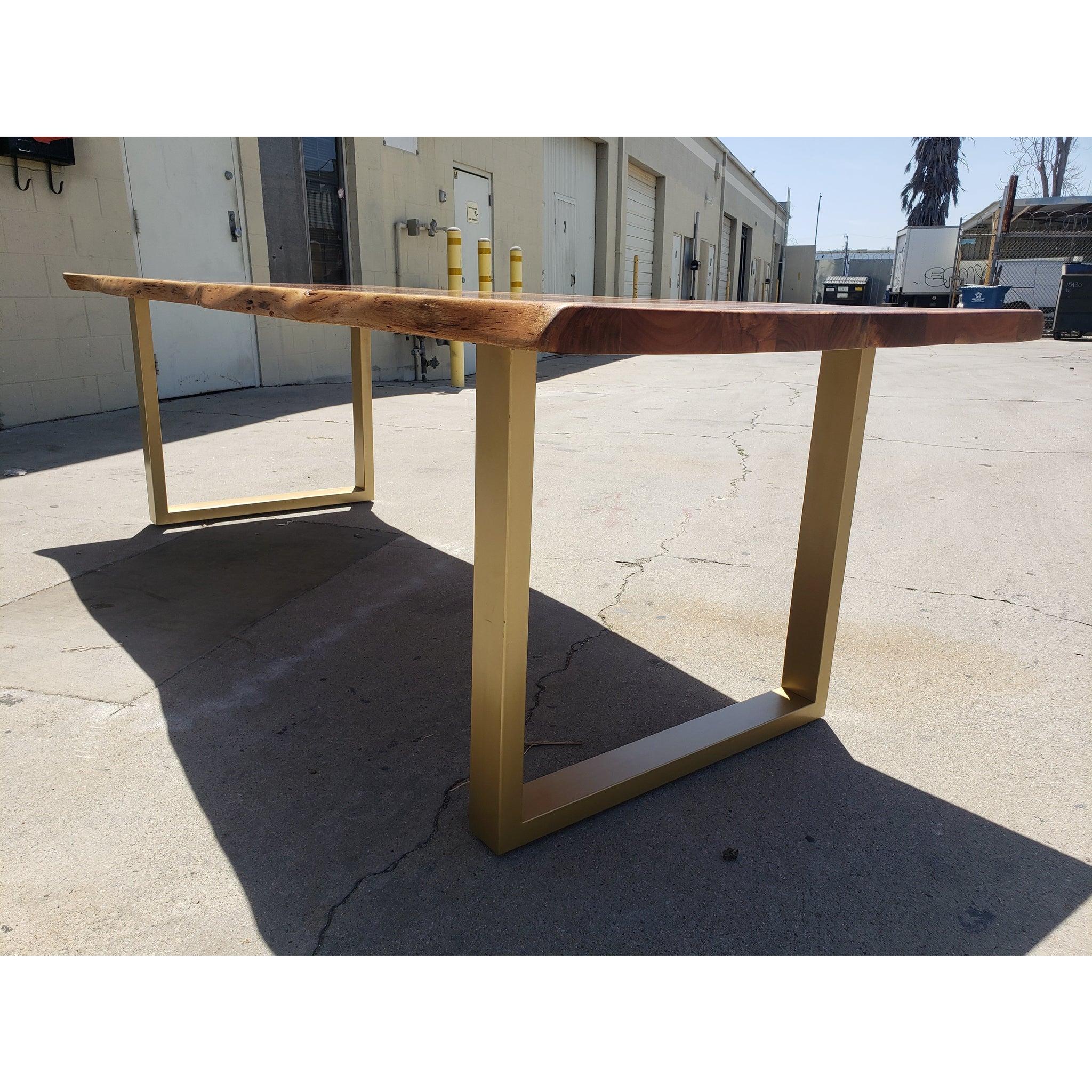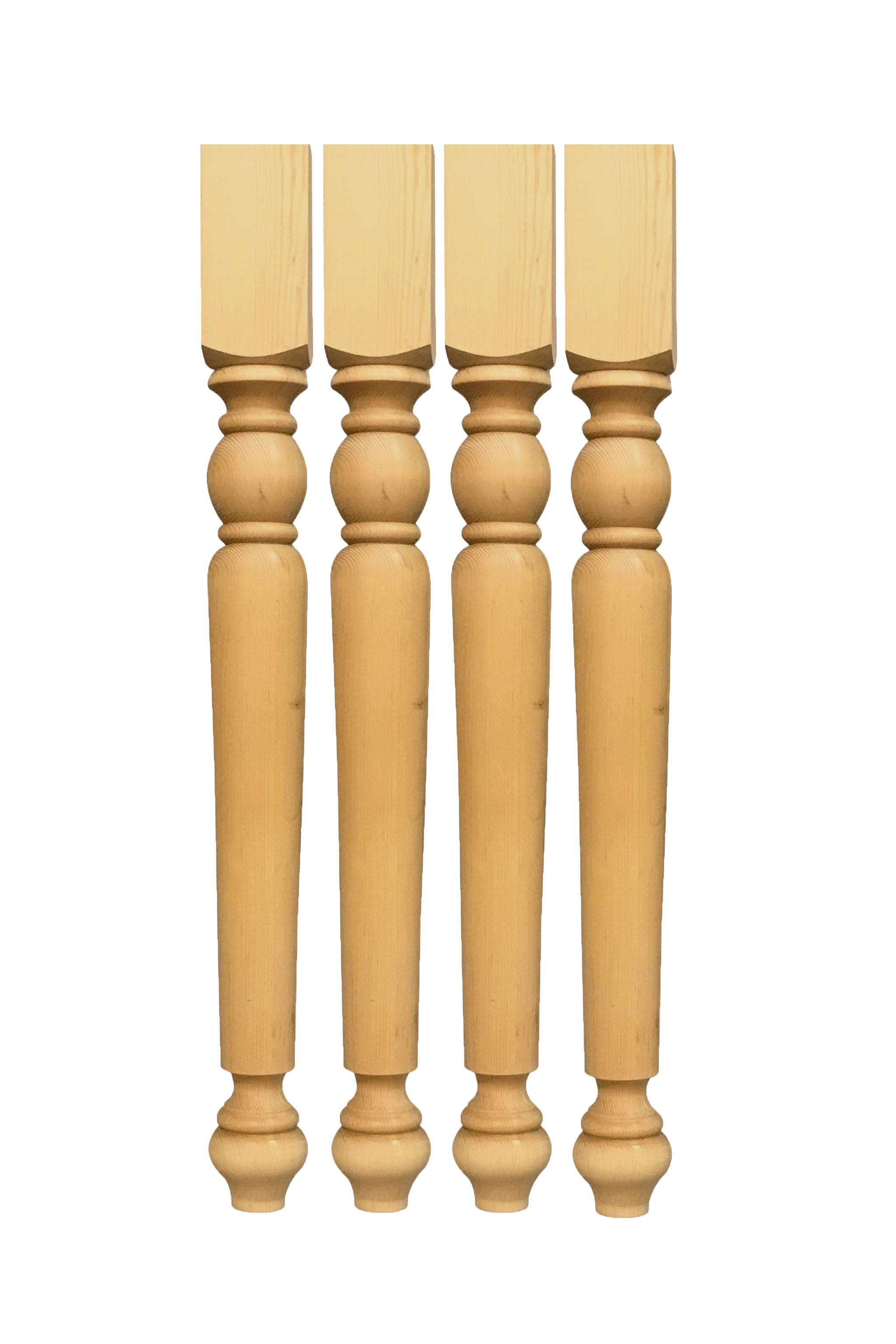Upgrade Your Table's Appearance with Decorative Dining Table Legs Wood Styles
Upgrade Your Table's Appearance with Decorative Dining Table Legs Wood Styles
Blog Article
What to Take Into Consideration When Selecting Table Legs Wood for Your Home.
When picking timber for eating table legs, a number of important factors warrant mindful factor to consider to ensure both functionality and aesthetic allure. The kind of timber chosen can dramatically affect the table's resilience, stability, and general style, while the maintenance requirements might impact long-lasting use. Additionally, the interplay of grain patterns and color with existing furnishings can produce a cohesive design. Understanding these elements is important, yet several ignore the essential aspect of financial constraints. As we check out these considerations even more, the ramifications of your choices might reveal unforeseen obstacles and chances.

Relevance of Timber Type
When choosing eating table legs, the selection of timber type plays an essential function in figuring out both aesthetics and durability. Various timber varieties offer varying levels of resistance, strength, and weight to use, which can considerably influence the performance and long life of the table.
On the other hand, softer woods like want or poplar, while more cost-effective, may not use the same degree of longevity and may require even more constant upkeep or substitute. The wood kind also affects the table's ability to sustain ecological factors such as moisture and temperature level changes. The selection of wood can impact the ease of tarnishing and completing, which can be essential for accomplishing the desired look.
Visual Considerations
The aesthetic allure of eating table legs significantly adds to the general aesthetic of the eating space. Dining Table Legs Wood. When selecting wood for eating table legs, the grain coating, pattern, and shade are pivotal aspects that can take away or improve from the area's layout. Various wood types show varying appearances and shades; as an example, oak presents a classic appearance with popular grain, while walnut offers a rich, dark elegance
Additionally, the shape of the legs plays a crucial role in specifying the table's personality. Sleek, minimal legs can produce a modern feeling, while much more ornate, turned legs stimulate standard beauty. The design of the legs should balance with existing furniture and the total motif of the room, whether it be rustic, contemporary, or transitional.
It is also important to think about just how the legs engage with other furniture pieces, including chairs and sideboards. A cohesive style not only boosts the dining experience however likewise adds to the home's total aesthetic coherence. Ultimately, the choice of eating table legs should be a thoughtful decision that mirrors personal preference while guaranteeing visual harmony within the area.

Sturdiness and Security
Toughness and security are crucial consider the selection of table legs, as they directly influence the long life and safety of the furnishings. When choosing wood for eating table legs, one need to take into consideration the intrinsic buildings of numerous wood kinds. Hardwoods, such as maple, oak, and cherry, are typically preferred for their stamina and resistance to use, making them appropriate for high-traffic dining areas.
Along with the sort of timber, the building method additionally plays a significant duty in the total security of the table. Legs that are well built, either through standard joinery methods or contemporary design techniques, will certainly supply superior assistance and avoid wobbling. It is necessary to assess the density and layout of the legs; thicker legs are usually a lot more steady and can stand up to higher weight.
In addition, the ecological conditions in which the dining table will be made use of can influence sturdiness. Timber that has published here actually been properly treated for wetness resistance will perform much better in damp settings. Ultimately, choosing the right mix of sturdy wood and secure building and construction will ensure that your table remains a functional and secure centerpiece in your home for years ahead.
Maintenance Needs
Choosing table legs made from durable wood is just the start; understanding maintenance requirements is equally essential to preserve their look and performance. Various timber kinds need varying levels of care, so it is important to understand what is required for your particular option.
Regular cleansing is fundamental; utilize a soft, moist cloth to get rid of dirt and debris. Avoid harsh chemicals that can harm the finish. For wood coatings like varnish or lacquer, routine brightening with furnishings wax can improve shine and give a protective layer against scratches.
Preventative procedures are crucial too. Use rollercoasters and placemats to prevent straight contact with damp or warm things, which can warp or discolor the timber. Additionally, think about placing felt pads under the legs to protect against scrapes on your floor covering and minimize wear on the wood
Moisture control is an additional considerable element; maintaining a stable setting aids to avoid warping and breaking. If your eating area is prone to changes in temperature and dampness, think about making use of a humidifier or dehumidifier as essential.
Budget and Expense Aspects
When planning to purchase dining table legs, understanding spending plan and price aspects is crucial to make an educated choice. The kind of timber selected for the legs significantly affects the overall price.
Labor and workmanship additionally play a pivotal role in the overall expenditure. Handmade or artisan-crafted legs might carry a costs price, showing the skill and time bought their production. It's critical to assess the equilibrium in between high quality and price; investing a lot more ahead of time can click this link bring about a longer-lasting item that calls for less upkeep gradually.
Verdict
In recap, choosing the proper wood for eating table legs requires cautious consideration of different factors, consisting of wood kind, visual allure, maintenance, resilience, and spending plan restrictions. The choice of woods such as oak and maple can boost both strength and visual appeal, while softer woods might be extra cost-effective however much less enduring. Eventually, an educated choice pertaining to product option will certainly contribute to the total capability and durability of the eating table, making certain a useful investment for the home.
When choosing wood for eating table legs, a number of critical elements require cautious factor to consider to ensure both capability Read More Here and aesthetic charm.When selecting eating table legs, the choice of timber type plays an important duty in determining both aesthetic appeals and durability. When choosing wood for dining table legs, the grain shade, pattern, and surface are pivotal elements that can detract or boost from the space's layout. When selecting timber for dining table legs, one must take into consideration the fundamental properties of different timber types.In summary, selecting the appropriate wood for eating table legs demands mindful consideration of different elements, including timber type, visual appeal, upkeep, longevity, and budget restraints.
Report this page